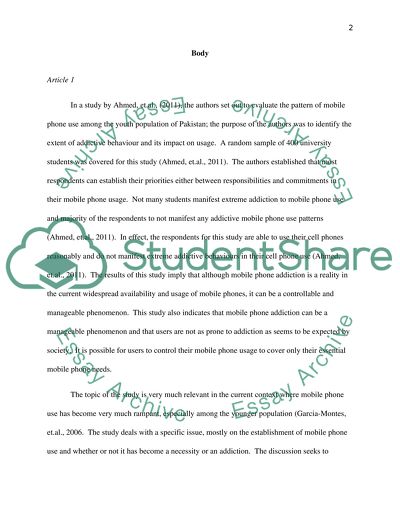Cite this document
(“Mobile phone addiction Literature review Example | Topics and Well Written Essays - 2750 words”, n.d.)
Retrieved from https://studentshare.org/marketing/1399733-mobile-phone-addiction-contemporary-issue
Retrieved from https://studentshare.org/marketing/1399733-mobile-phone-addiction-contemporary-issue
(Mobile Phone Addiction Literature Review Example | Topics and Well Written Essays - 2750 Words)
https://studentshare.org/marketing/1399733-mobile-phone-addiction-contemporary-issue.
https://studentshare.org/marketing/1399733-mobile-phone-addiction-contemporary-issue.
“Mobile Phone Addiction Literature Review Example | Topics and Well Written Essays - 2750 Words”, n.d. https://studentshare.org/marketing/1399733-mobile-phone-addiction-contemporary-issue.


